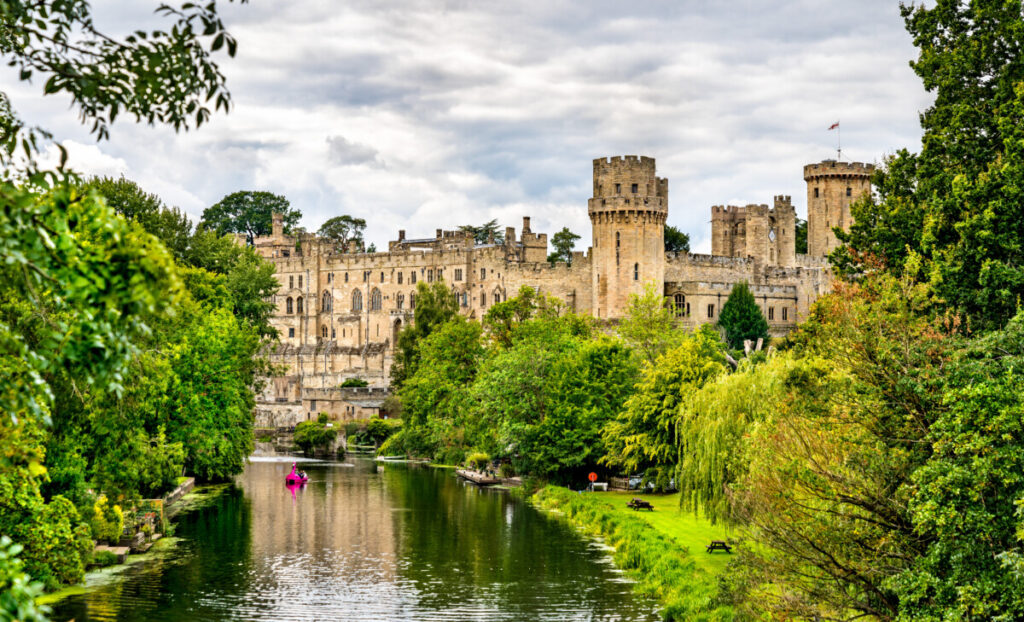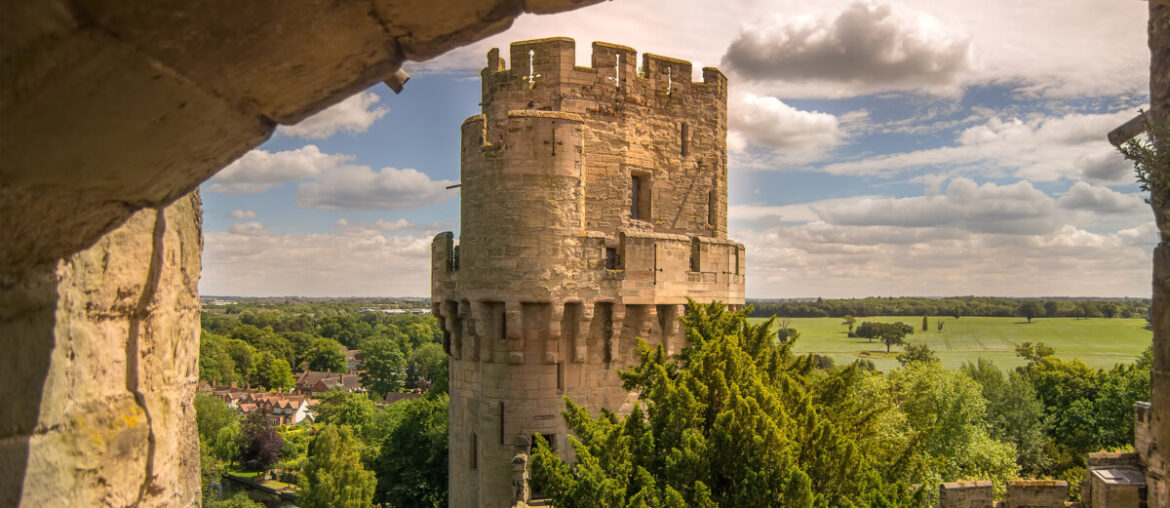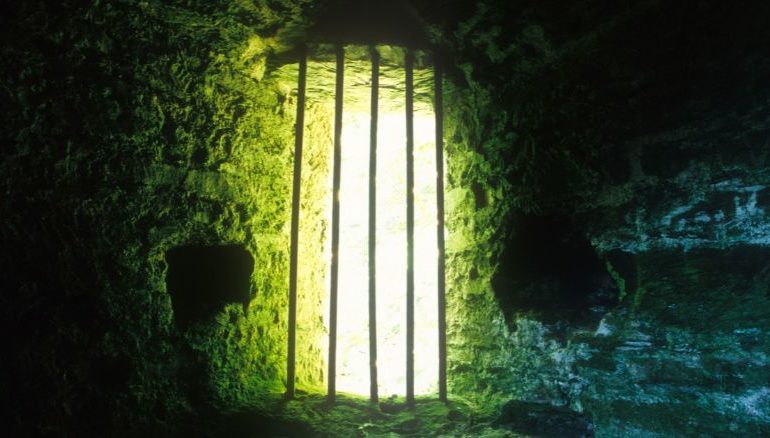Warwick Castle has a rich and storied history. Built over 1,100 years ago and fought over by Earls and Kings for centuries, it has accumulated its share of fascinating anecdotes. Explore the fortress on your next trip to London to discover the legends that continue to haunt its halls.
From gruesome torture and royal imprisonment to exotic animals getting up to mischief, here are a few of the most colourful stories from inside Warwick Castle.
One thousand years of history
Warwick Castle’s beginnings were humble. When Danish invaders started ransacking villages throughout the British Isles, King Alfred the Great ordered his men to build a small wooden fort to protect the settlement of Warwick.
As the years went by, the strategic significance of this location became more apparent, and kings such as William the Conqueror added to its defences. By 1395, the castle’s Guy’s Tower was completed, reaching a height of 39 meters. Ever since, the castle has witnessed all sorts of battles and clandestine incidents, from murders to imprisonments, wars and fires.
The castle withstood a siege during the English Civil War and still has messages from Royalist soldiers etched into its walls.

Ghouls and Ghosts
Steeped in history, torture and punishment, Warwick Castle is, unsurprisingly, one of the most haunted places in England. Among its most frequent paranormal sightings is the ghostly figure of a black dog, said to have been cursed on the castle by Moll Bloxham, a woman publicly punished for stealing.
According to legend, shortly after Bloxham disappeared, a slavering dog with evil red eyes began stalking the grounds and terrorising its inhabitants. While the mutt was eventually killed, his ghostly form continues to stalk visitors today.
Another famous ghost is that of Sir Fulke Greville, who was brutally stabbed by his servant, Ralph Heywood, who then turned the knife on himself. Moans are often heard in the South Tower, where Greville died, and people have claimed to have witnessed the figure of a man emerging from his portrait.
The Kingmaker
Richard Neville, the 16th Earl of Warwick, earned the nickname ‘Kingmaker’ after his part in the deposition of two British Kings. One such leader was Edward IV, whom Neville imprisoned in the castle in 1469 in a power play of rebellion.
After trapping his enemy, Neville attempted to rule the country, but protests forced him to release the King. However, karma struck in 1471 during the Battle of Barnet when Neville was killed while fighting against Edward IV (who had since reclaimed his throne).
Royal trickery
As a regal stronghold, Warwick Castle has been associated with many historic events, such as the War of the Roses and the Norman conquest. But among the sieges and battles that took place on its grounds, there was a great deal of cunning trickery. One of the most unbelievable moments in the fortress’s history was during an invasion by Henry of Anjou (later Henry II) and his army.
The invaders tricked Roger de Beaumont, the 2nd Earl of Warwick’s wife, into believing that her husband was dead, so she handed over control of the castle. Little to her knowledge, he was alive and well, but upon hearing of his wife’s actions, he was said to have collapsed and died in shock. The perfect crime!
Elephants and emus
Among the castle’s most unusual residents were an assortment of rare animals collected during the 1890s by the Countess of Warwick. Her menagerie was full of exotic pets, including Japanese deer, Chinese geese, an ant bear, a baby elephant and an emu. The emu was a decidedly cheeky character and became famous for chasing a bishop through the castle grounds.
Gunpowder plot
‘Remember, remember the fifth of November’ – one of British history’s most famous folk verses. Referring to the Gunpowder Plot of 1605, in which Guy Fawkes and a band of conspirators attempted to blow up the Houses of Parliament, the date and its happenings are well known, but what happened after is not necessarily common knowledge.
On 6th November 1605, the day after the attack, Warwick Castle became an unwitting accessory to the crime. Fawkes’ comrades fled from London to Warwickshire and broke into the fortress while it was undergoing repairs. There, the fugitives stole a wealth of supplies, including horses, from the stables, which they used to escape to Holbeche House, where they were captured later that day.

Historic facts about Warwick Castle
- Warwick Castle dates back to the Anglo-Saxon period of British history and has been a key point of defence in several different conflicts throughout its bloody English past.
- In its time, Warwick Castle has gone from garrison to glamorous estate, from riches to ruin and back again.
- By 1395, the castle’s Guy’s Tower was completed, reaching a height of 39 meters.
- Ever since, the castle has witnessed all sorts of battles and clandestine incidents, from murders to imprisonments, wars and fires.
- The Castle Dungeon is filled with some of the darkest tales of tragedy, ransom, and kidnapping.
- Warwick Castle is home to the largest working trebuchet. Every day, it launches a fireball to illustrate the deadly force one of these wonders of medieval technology could muster.
And if you’d like to discover more castles to enrich your knowledge of and better understand British history, we also offer insightful tours to Windsor Castle and Leeds Castle.






